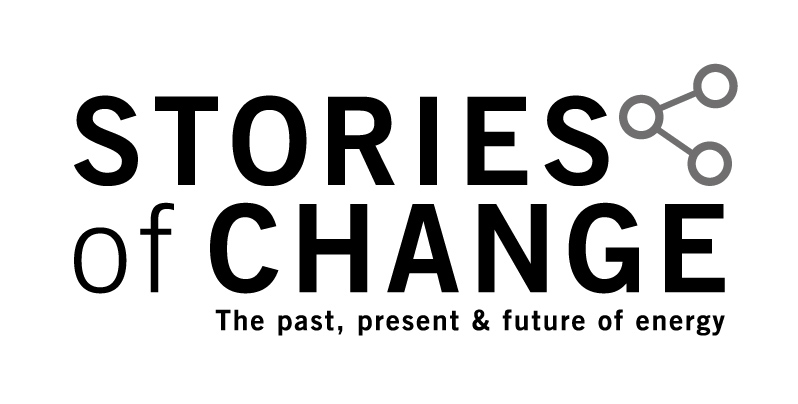
In an unusually stark warning a leading international scientific body says the Arctic climate is changing so fast that researchers are struggling to keep up. The changes happening there, it says, are affecting the weather worldwide.
The World Meteorological Organisation (WMO) says: “Dramatic and unprecedented warming in the Arctic is driving sea level rise, affecting weather patterns around the world and may trigger even more changes in the climate system.
“The rate of change is challenging the current scientific capacity to monitor and predict what is becoming a journey into uncharted territory.”
The WMO is the United Nations’ main agency responsible for weather, climate and water.
Its president, David Grimes, said: “The Arctic is a principal, global driver of the climate system and is undergoing an unprecedented rate of change with consequences far beyond its boundaries.
Arctic collaboration
“The changes in the Arctic are serving as a global indicator – like ‘a canary in the coal mine’ – and are happening at a much faster rate than we would have expected.”
He was speaking before addressing the first White House Science Ministerialmeeting in Washington DC, held to develop international collaboration on Arctic science.
Climate change is causing global average temperatures to rise: 2014, 2015 and the first eight months of 2016 have all been record-breakers. The Arctic is warming at least twice as fast as the global average, in places even faster: the Canadian town of Inuvik has warmed by almost 4°C since 1948, about four times more than the global figure.
The increasing loss of Arctic sea ice is threatening polar bears across their range; melting sea ice is affecting the Arctic climate in a feedback loop; and scientists expect melting permafrost will release more carbon dioxide and methane.
The WMO secretary-general, Petteri Taalas, said the Arctic changes had also been a factor in unusual winter weather patterns in North America and Europe. He said the thawing of the permafrost could release vast quantities of greenhouse gases into the atmosphere.
“These are part of the vicious circles of climate change which are the subject of intense scientific research”, he said.
“The Arctic is a principal, global driver of the climate system and is undergoing an unprecedented rate of change with consequences far beyond its boundaries”
Despite its certainty that the Arctic is in trouble, the WMO says it is hard to establish the implications of what is happening there. The Arctic makes up about 4% of the Earth’s surface, but the WMO says it is “one of the most data-sparse regions in the world because of its remoteness and previous inaccessibility.
“Lack of data and forecasts in the Arctic does impact on the quality of weather forecasts in other parts of the world.”
That’s a worry which is echoed at the other end of the planet. A study led by Dr Julie Jones, from the department of geography at the University of Sheffield, UK, says limited data on Antarctica’s climate is making it difficult for researchers to disentangle changes caused by human activity from natural climate fluctuations.
It was only when regular satellite observations began in 1979 that measurement of surface climate over the Antarctic and the Southern Ocean became possible, says the study, published in the journal Nature Climate Change.
To gain a longer view, Dr Jones and her colleagues used a compilation of records from natural archives such as ice cores from the Antarctic ice sheet, which show how the region’s climate has changed over the last 200 years.
Separating signals
They confirmed that human-induced changes have caused the belt of prevailing westerly winds over the Southern Ocean to shift towards Antarctica.
But they conclude that for other changes, including regional warming and sea ice changes, the observations since 1979 are not yet long enough for the signal of human activity to be clearly separated from the strong natural variability.
The shift in the westerly winds has moved rainfall away from southern Australia. This year is set to be the country’s hottest on record.
Dr Jones said: “The Antarctic climate is like a giant jigsaw puzzle with most of the pieces still missing.
“There are some parts of the picture which are clear, particularly the way that climate change is causing westerly winds to shift southwards, but there are still huge gaps that we need to fill in order to fully understand how much human activity is changing weather in the region.”
By Alex Kirby - The Climate News Network



Rate and Review
Rate this article
Review this article
Log into OpenLearn to leave reviews and join in the conversation.
Article reviews